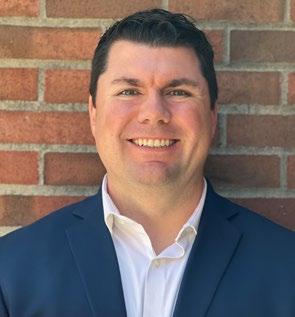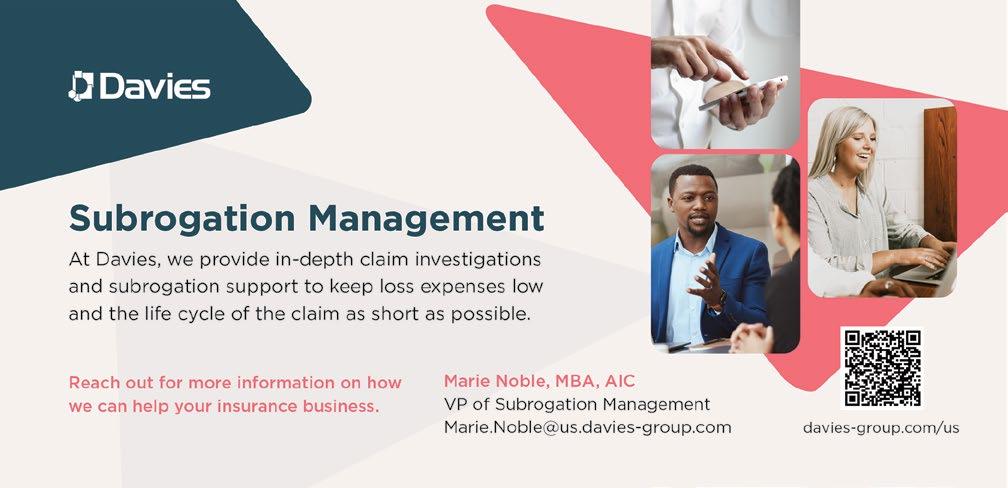
2 minute read
A CLEAR PERSPECTIVE STARTS WITH TRANSPARENCY.
The big picture is always in our view – ensuring that you, your business and your members are strong, vigorous and healthy. From our vantage point, that’s possible only when you have open, accessible and accurate information – complete visibility across our Healthcare Ecosystem Optimization Platform.
We transparently share data used to identify cost, network and plan design opportunities, drive claim accuracy, and improve health outcomes for members – keeping a clear perspective on how to make better decisions, together.
That’s our promise to you. This is precisely why our customers stay with Vālenz® Health, because no one else does what we do. For true clarity on achieving smarter, better, faster healthcare, visit valenzhealth.com or call (866) 762-4455.
ways it can be structured include employers owning the captive, bringing on a fronting partner or finding a risk partner to cap exposures for direct writing policies.
Whatever the arrangement that’s in place, Sagen is a fan of strength in numbers. “There’s something employers in the same industry that decide, necessarily think I can do this he says, noting how solutions may be built around tackling the high costs of therapeutic drugs, hospital PPO negotiations or other areas.
He has seen captive programs start with a close-knit group of just three homogeneous employers that expands over time and, on occasion, becomes a heterogeneous group after years of success.

However, benchmarking in an increasingly mature captives market is tricky, McCully cautions. For example, some customers have assessments while others do not, and the definition of assessment will differ from one program to the next. Also, no one is publishing their loss ratio inside the captive.

“It’s not possible to determine the total medical spend in a captive with a $1 billion worth of total premium frankly without some sort of way to kind of validate it from a third-party perspective,” he explains. “A.M. Best isn’t looking at this stuff because we’re all using fronting carriers, and if the captive programs losing money for the employers, even the fronting carrier doesn’t want that to get out for fear they’ll leave their program.”
The outcomes of any captive solution ultimately will depend on both the source of coverage and claims history. “There is an arbitrage play, if you will, by stop loss from a reinsurer vs. a stop-loss carrier, which is much more pool-oriented,” Humphreys says. “So if you have a 10,000life employer that’s had good experience, they’re going to get a lot more credit from a reinsure than they are from the stop-loss underwriter.” The opposite is true for a group with poor experience that will receive better terms from the employer stop-loss arena than reinsurance, he adds.

Looking ahead, Niblack anticipates the continuation of narrow subspecialty captives that are highly innovative. Reference- based pricing clients, for instance, are taking on the risk of balance bills. “We are seeing captive solutions with small niche industries that previously have struggled to obtain any type of health insurance,” she reports, noting how a group of skydivers formed their own captive.
Other examples include parlaying the six- or seven-figure cost of biopharmaceuticals, other specialty drugs or kidney dialysis treatment into either a second or third active risk solution. With subspecialties in the overall solution, “I
Bruce Shutan is a Portland, Oregon-based freelance writer who has closely covered the employee benefits industry for more than 30 years.

ACA, HIPAA AND FEDERAL HEALTH BENEFIT MANDATES:










